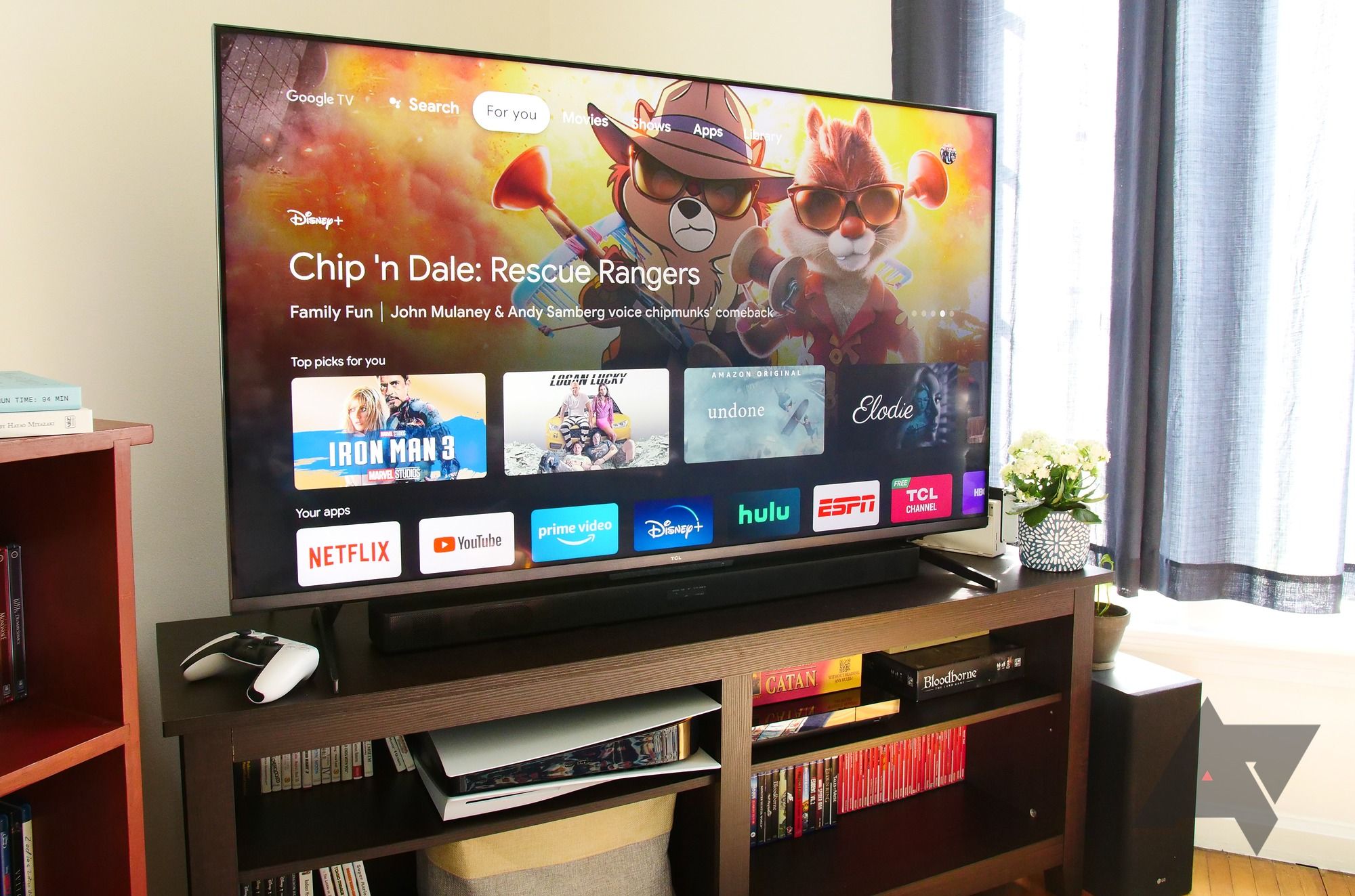The pandemic changed the way we live, and tech companies like Google are no exception. One of the more significant changes is an increased focus on convenience, fitness, and integration across major services. An unlikely offering is at the center of Google's upcoming changes sharpening this focus: Google TV. It could soon get features like Wear OS integration, smart home features, and wireless audio capabilities.
Since the pandemic began, the TV evolved from a passive content consumption device into the ideal big screen for video calls and workout instruction videos. Protocol reports that Google executives met behind closed doors at a partner event in July to discuss how Google TV could adapt to this change in consumer behavior. According to slides used at the gathering, real-time workout data sync between your Fitbit or Wear OS watch and Google TV is in the cards for a 2023 rollout. It could make it easier to track your steps, calories, and heart rate on the TV screen while you exercise.
Meanwhile, through 2024, the executives plan to weave smart home features into Google TV. So, just a few years from now, you could control your smart home and access your Nest camera feeds without disturbing your content consumption experience.
In the immediate future, though, the search titan is reportedly developing code to make Nest speakers wireless satellite speakers for your Google TV and other Android TV devices. This feature could also trickle down to third-party audio equipment, a welcome addition removing the cable clutter and connection hassles associated with affordable home audio setups.
Another feature expected to drop in 2022 or 2023 is fast pairing support for Google Pixel Buds on Google TV. Imagine watching your favorite show on TV without disturbing anyone else in the household with the TV speakers. I could totally see myself using this addition frequently once it is available.
However, the downside of these added conveniences is the associated timeframe and storage-hungry nature. Moreover, it would take Google's effort and collaboration with several global brands to develop hardware and software capable of enabling these features. At the meeting, the executives advised Google's hardware partners to equip smart TVs and their best streaming solutions with Android 13 and 16GB of onboard storage — ample room for apps and system updates.
While these new smart features and the tech they require are in the kiln, Google TV developers seem focused on building out the content base available on the platform through "live" TV channels. The direction outlined in the meeting seems promising, but a successful implementation depends on several dynamic factors and Google's continued interest in this new direction.

